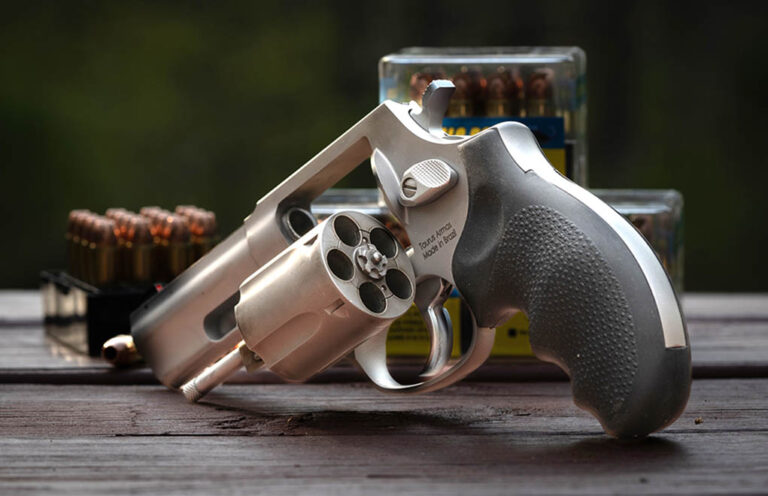
Though often overlooked in today’s world of CCW semi-autos, there are some excellent carry revolver options out there.
In today’s world of self-defense handguns, if it’s not itty-bitty, plastic and outfitted with a dot sight, it doesn’t get talked about very much. This means revolvers get overlooked, but it doesn’t mean there aren’t some good carry revolvers out there—your options are just limited. The limitations start with revolver cartridges because there are only a few that are really suitable for personal protection.
Though it hasn’t had a lot of manufacturer support over the years, the .327 Federal Magnum is a viable option in a sub-compact revolver that allows for six shots, as opposed to five like you’d get with a .38 Special or a .357 Magnum. Just because the .38 Special has been around for more than 125 years doesn’t mean it’s outdated. Ammunition used in early .38 Special revolvers was a bit anemic compared to what’s available today. With modern +P ammo options, the .38 Special way outperforms its relic-like reputation. The .357 Magnum is the only other revolver cartridge seriously worth considering—its downside is recoil that can be offensive in concealable revolvers.
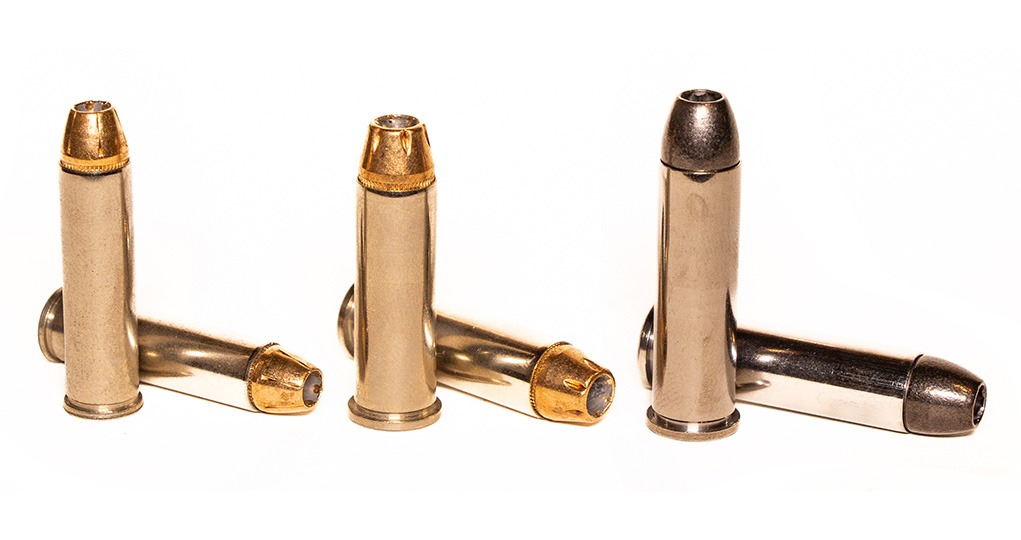
Of course, others will point out that there are 9mm Luger revolvers. I know; I have a Korth revolver, and I can switch cylinders from .357 Magnum to 9mm. If you can find one you like and can afford, it can be a practical choice. And of course, there’s the .44 Special, which is an outstanding self-defense cartridge with modern ammunition. The problem is that .44 Special revolvers can be large, and good ammo options are sparse. Some might also suggest the .44 Magnum, but if you’ve ever shot one in a little revolver you know this is mostly optimistic, testosterone-infused conjecture.
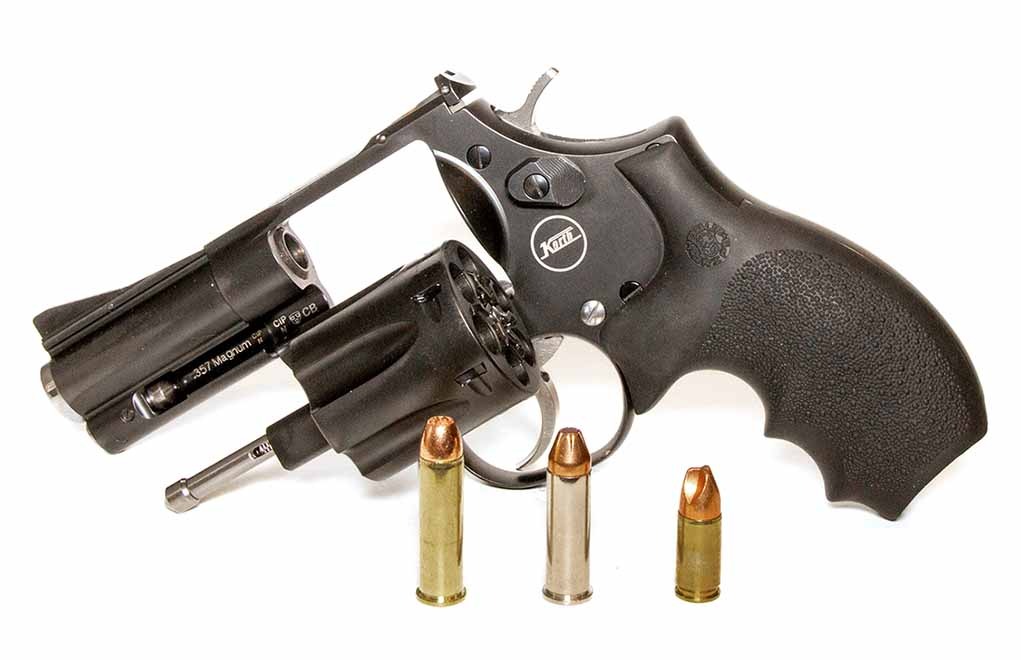

Wheels Aplenty
I like the .327 Federal Magnum cartridge and think it a better ballistic option than the .38 Special and the .357 Magnum. Better than the .38 Special, partly because of capacity, but also partly because from a terminal performance standpoint it’s just as good. Where it has an advantage over the .357 Magnum is in recoil. To make the .357 Magnum recoil compatible to the .327 Federal, you give up the ballistic advantage the .357 Magnum has. But there aren’t a lot of .327 revolvers to choose from. One of the best—and lightest—is Ruger’s LCR.
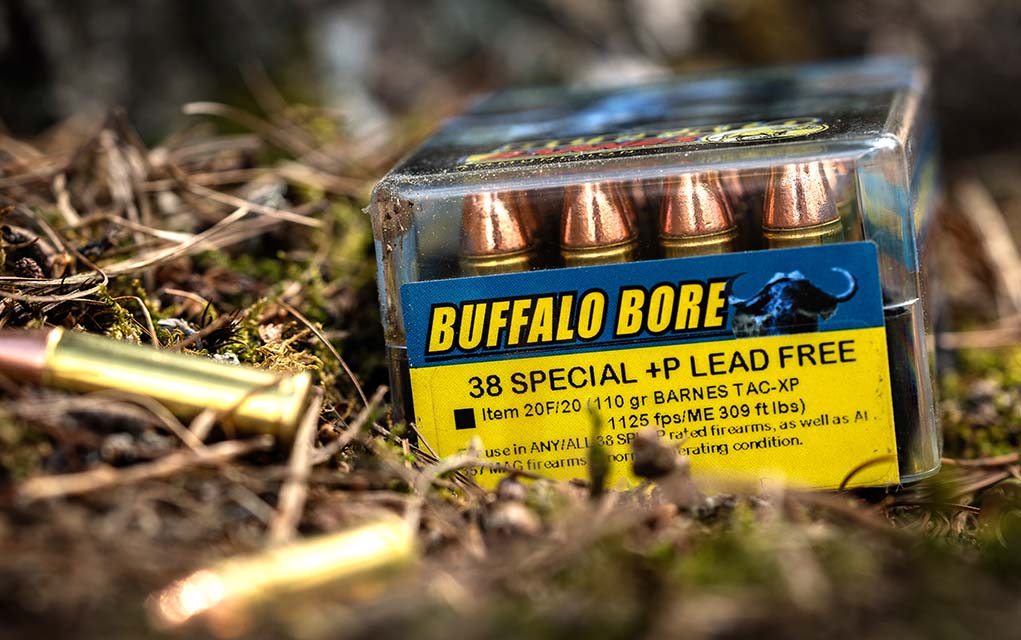

If I went with a .357 Magnum, I’d load it with .38 Special +P ammo. I’d do this for two reasons. The first is that good .38 Special +P ammo will not have seriously unpleasant recoil and will allow you to deliver follow-up shots on target faster. The second and just as important reason is that, out of little revolvers, the ejection rod might not be long enough to reliably eject the longer .357 Magnum cases … well, unless you slap it like you’d slap a man for disrespecting your wife, and then they might still stick in the cylinder. The shorter .38 Special cases generally pop right out of their chambers.
That mostly leaves us with the .38 Special, but because the .357 Magnum can reliably chamber and fire .38 Special and .38 Special +P ammo, a .357—if you can find one in the right-sized revolver—might be the best way for you to go. No, you might not be able to comfortably control .357 Magnum recoil out of a 17-ounce Ruger LCR, but other than saving a few ounces, there’s not much reason to go for the .38 Special. With a .357 Magnum revolver, you have the option for that extra power if you need and can manage it.
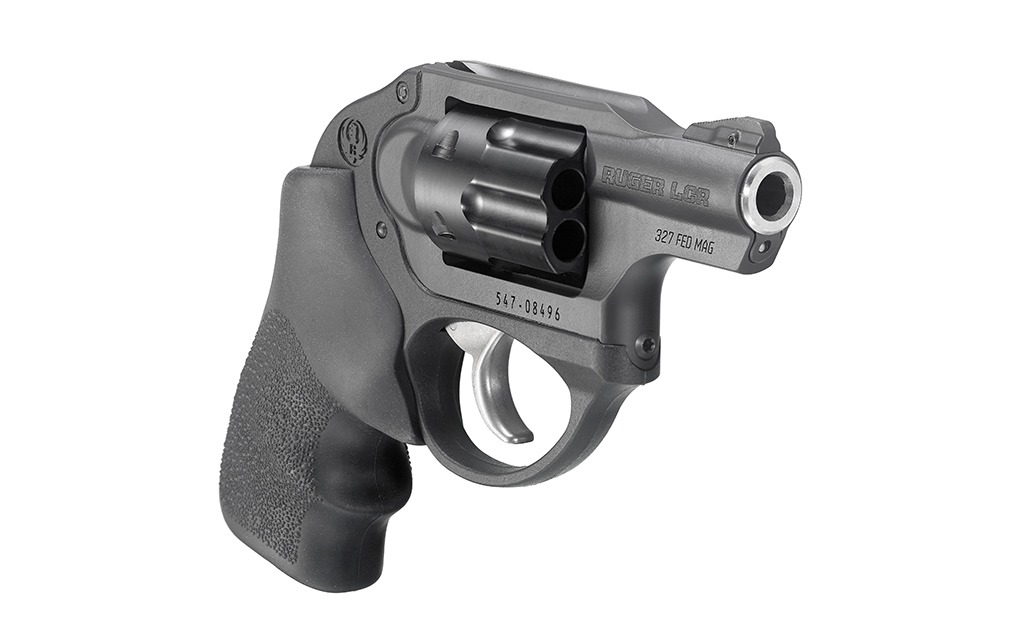

The other revolver limitation is size. You can circumvent some of the .357 Magnum’s recoil intensity by going with a larger—duty size—revolver like the Colt Python. I’ve a good bit of experience working with the Python, and it’s a fine revolver. Its 42-ounce heft helps tame .357 recoil, but it also makes the handgun tug quite heavily on your belt. You can opt for the 3- or 2.5-inch Python, but you’ll only save a few ounces. Another advantage of carrying a larger revolver in .357 Magnum is the more than five-shot capacity they offer. A full-size duty gun will hold one extra round, and Ruger even offers a few seven-shot .357 Magnum revolvers.
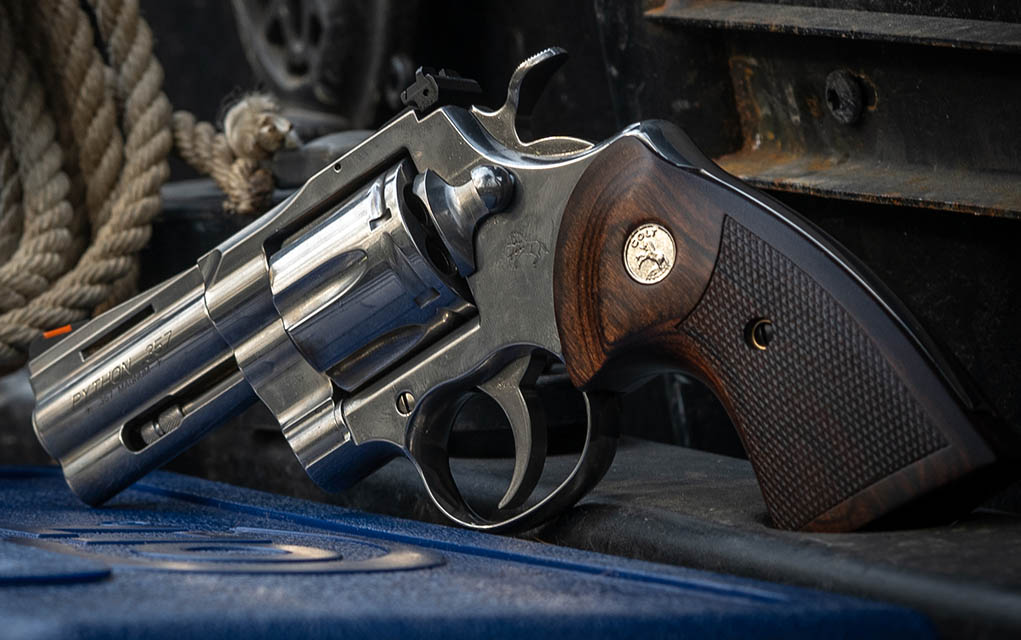

Not Too Big, not too Small
There are some revolvers that are not so itty bitty that they’re hard to shoot and not so big that they’re hard to carry. Taurus makes a six-shot, 25-ounce Defender Model 856 in .38 Special +P with a 3-inch barrel. They also make a six-shot, 3-inch Defender T.O.R.O. revolver chambered for the .327 Federal Magnum. It weighs 23 ounces, but it is—surprisingly—optics ready. And they have an optics-ready T.O.R.O. Model 856 revolver in .38 Special +P.
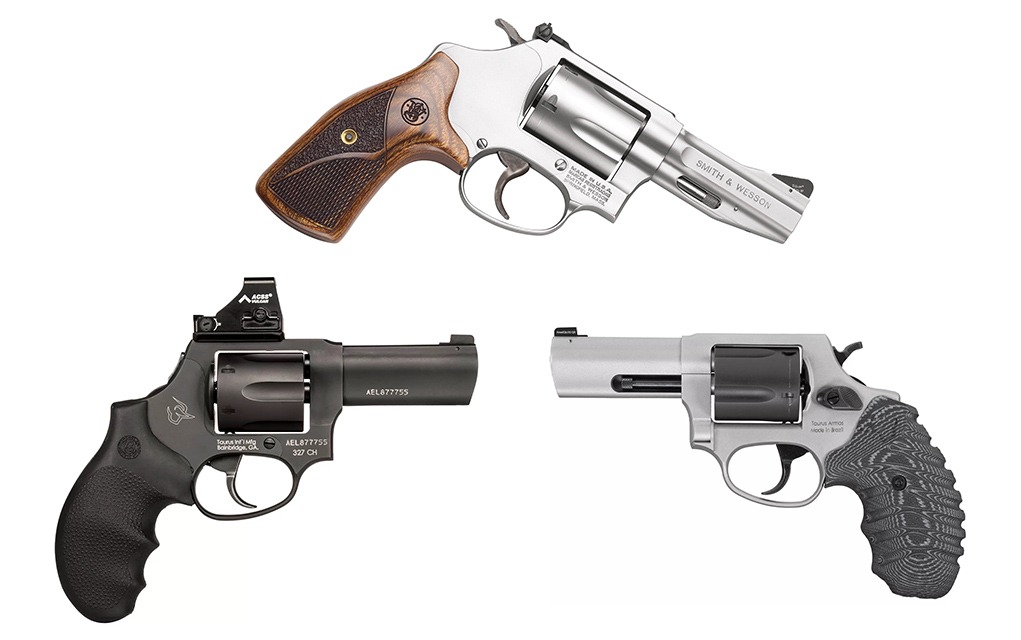

Though a bit pricier, another revolver worth considering is from Smith & Wesson. They have a Model 60 in .357 Magnum from their Performance Center. It has a 3-inch barrel, holds five rounds and only weighs 23 ounces.
To me, these midsize or compact—depending on how you want to classify them—revolvers that weigh between 20 and 25 ounces are what I consider true carry revolvers. For the three revolver cartridges most suitable for carry, these wheelguns offer the best balance of shootability, concealability and power that’s available.
The Taurus revolvers retail for around $450 to $550, but the Smith & Wesson will set you back about $900. From a quality standpoint, the Smith is probably worth the extra jingle. Either way, if you’re considering a revolver for carry, consider one of the not so big, and not so little, ones.
Editor’s Note: This article originally appeared in the August 2024 issue of Gun Digest the Magazine.
More On Revolvers:
Read the full article here











